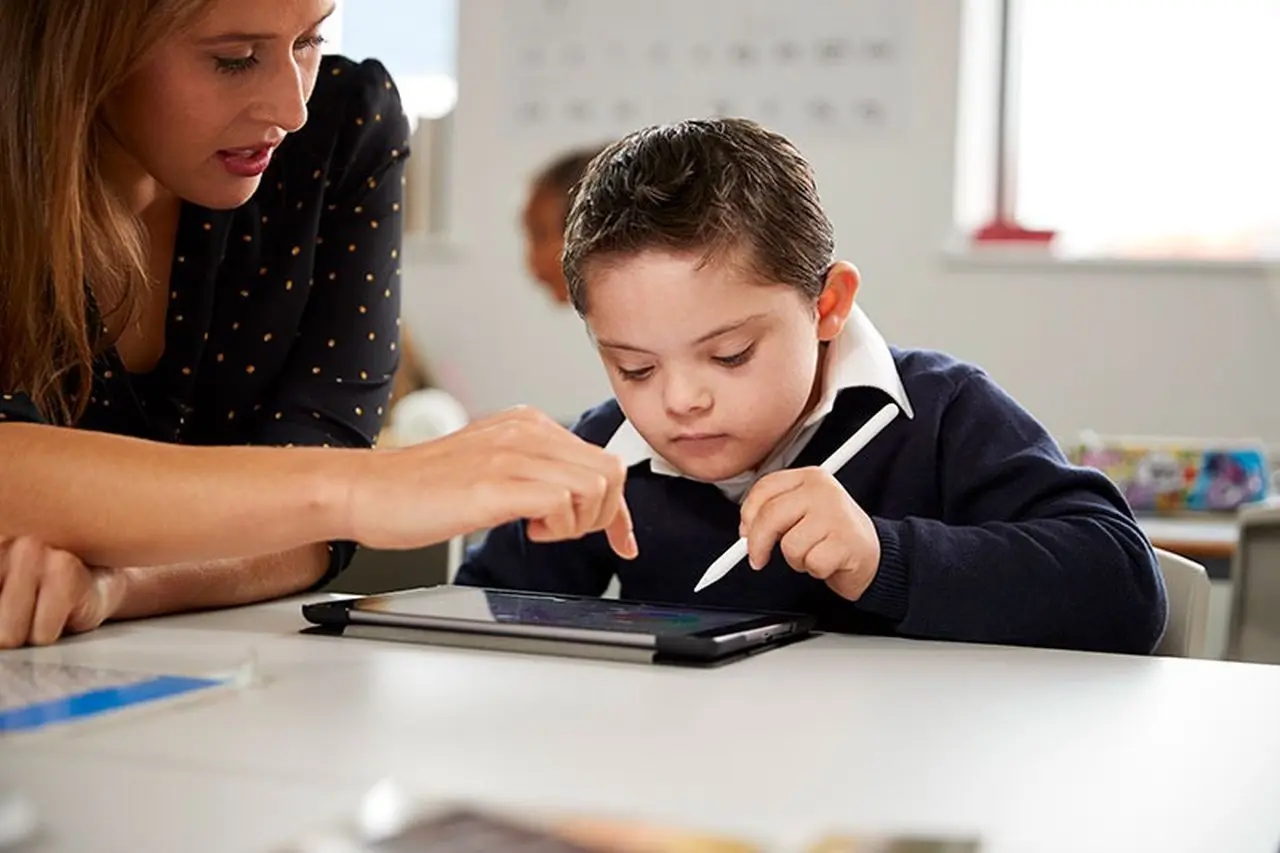Supporting children with special needs requires a collaborative approach between parents, teachers, and specialists. Navigating the world of special education can feel overwhelming, but with the right guidance, every child can reach their full potential. Whether you’re a parent seeking the best for your child or a teacher looking to enhance your skills, understanding effective strategies is key. Here’s essential special education advice to create a supportive learning environment for children with diverse needs.
Essential Special Education Advice for Parents
1. Educate Yourself About Your Child’s Needs
Understanding your child’s learning challenges, strengths, and required accommodations is the first step. Research their diagnosis, available interventions, and legal rights under special education laws. Knowledge empowers you to advocate effectively for their education.
2. Collaborate with Teachers and Specialists
Maintaining open communication with educators and therapists ensures a cohesive support system. Attend Individualized Education Program (IEP) meetings, discuss progress regularly, and share insights about your child’s learning preferences.
3. Build a Strong Support Network
Connecting with other parents of children with special needs can provide emotional support, practical advice, and valuable resources. Online forums, local support groups, and advocacy organizations can be great sources of information and encouragement.
4. Advocate for Your Child’s Rights
Understanding special education laws, such as the Individuals with Disabilities Education Act (IDEA), helps ensure your child receives appropriate services. Don’t hesitate to ask questions, request evaluations, or challenge decisions if needed.
5. Create a Supportive Home Environment
Consistency between school and home reinforces learning. Establish routines, provide structured learning opportunities, and encourage independence in daily activities to boost confidence and skill development.
Essential Special Education Advice for Teachers
1. Individualize Instruction
No two students with special needs learn the same way. Adapt teaching methods, materials, and assessments to suit each student’s unique abilities. Utilizing multisensory approaches, assistive technology, and differentiated instruction can improve engagement and comprehension.
2. Foster an Inclusive Classroom
Creating a welcoming, inclusive environment benefits all students. Encourage peer interactions, implement cooperative learning activities, and use positive reinforcement to promote respect and understanding among students.
3. Collaborate with Parents and Specialists
Regular communication with parents, special education teachers, and therapists ensures consistency in support strategies. Sharing observations and discussing challenges allows for better problem-solving and progress tracking.
4. Develop Patience and Flexibility
Teaching children with special needs requires patience, adaptability, and a willingness to try different approaches. Some strategies may work for one student but not another. Being open to change helps in finding the most effective learning techniques.
5. Utilize Assistive Technology
Technology can greatly enhance learning for students with disabilities. Tools like speech-to-text software, interactive apps, and visual aids can help bridge learning gaps and improve comprehension.
Final Thoughts
Providing the best education for children with special needs requires teamwork, patience, and dedication. By following these special education advice tips, parents and teachers can create a nurturing, supportive, and effective learning environment. Collaboration, individualized strategies, and a strong support system ensure that every child has the opportunity to thrive and succeed.


Leave a Comment